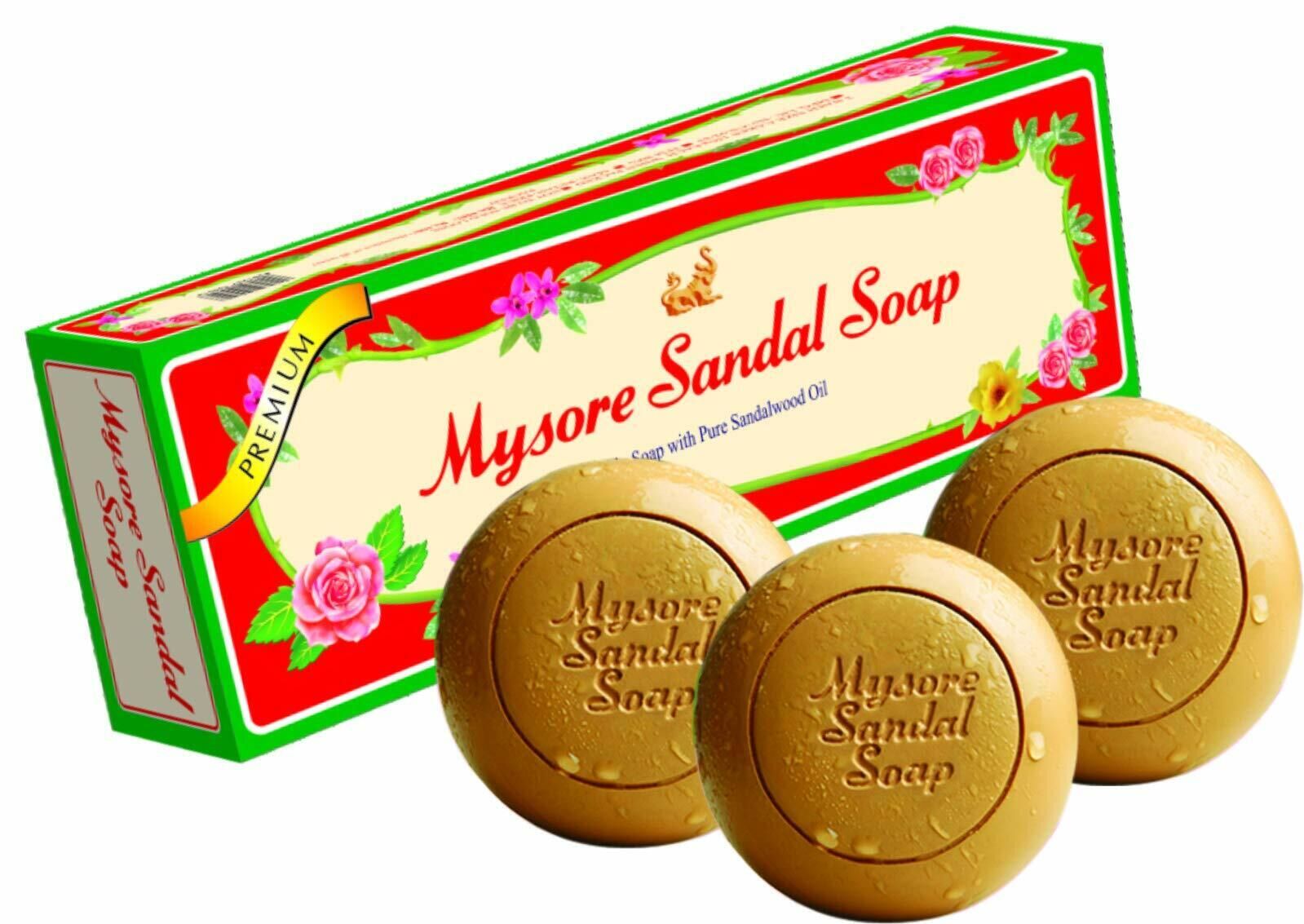Of lasting, unique fragrance
Though mass production of Mysore Sandalwood Soap was started in 1916 to utilise the excessive reserves of sandalwood in the region, the industry today is, ironically, looking outwards for the import of the wood

Circa 1900: On account of the unique and natural forest condition prevailing in the Mysore region and adjoining areas, the princely state of Mysore was one of the largest producers of sandalwood (Santalum album) in the world. The sandalwood trees which grow at an altitude of two to three thousand feet above mean sea level (MSL) are said to have the best, and most distinctive aroma with the longest lasting fragrance. By the 19th century, Europe had emerged as the most important export destination of sandalwood, and Mysore was the prime exporter of the premium variety of this species.
However, with the onset of the First World War, these exports were suddenly halted, and the state saw the sudden accumulation of large reserves of sandalwood. Necessity being the mother of invention, the then Maharaja of Mysore, Krishna Raja Wadiyar IV, decided to establish a soap factory in 1916 to utilize the excess stock of sandalwood. The first step in this direction was the establishment of a factory to distill sandalwood oil from the wood. This was followed up with an order to an American company for supply of machinery and equipment for a modern soap factory. The machinery arrived in 1918 and production was started from the year 1919 onwards. In1944, another factory was established in Shimoga to meet the growing market demand for the soap which received a fillip as it was an Indian brand, and many Indians made a conscious choice to prefer this swadeshi option over foreign brands, especially as it was also the 'best in the class' in terms of value for money.
Before we talk about the soap, let's talk about the sandalwood, the primary ingredient of the product. The sandalwood tree, which attains a maximum height of 60-65 feet, is actually an oleaginous hemiparasite plant. The wood is heavy, yellow and fine-grained, and unlike many other aromatic woods, it can retain its fragrance for decades. As such, it is one of the most expensive woods in the world, and both the wood and the oil extract are precious. Sandalwood from Mysore and peninsular India had been part of the maritime trade with the Arab, Malay and Chinese merchants from the 11th to the 17th centuries, after which Europe emerged as the principal destination. The region of Mysore is best suited for the growth of this species, especially in the dry deciduous belt along the banks of Kaveri from North to South, where the loamy soil receives rainfall in the range of 20-to-25-inch rainfall per annum.
Unlike most soaps which are based on animal fat, the Mysore Sandal soap is based on pure natural Sandalwood oil perfume along with other natural essential oils like clove, patchouli, geranium, palmarosa, orange and petitgrain oil which, according to the Ayurvedic texts, is a natural skincare conditioner. From the first soap produced in 1919, the product has retained its woody 'ochre' colour and its unique shape.
After the independence of India, and reorganisation of Mysore (later Karnataka) in 1956, the managements of the Government Soap Factory and Government Sandalwood oil Factories at Mysore & Shimoga were integrated, and the brand of "Mysore Sandal Soap" was retained. In 1980, the Karnataka Soaps and Detergents (KSDL) Ltd. was established as a fully-owned state PSU. It applied for, and received the Geographical Indicator tag for Mysore sandal soap as a product in the geographic space of Mysore and Bengaluru.
Challenges
Well, like all products in the marketplace, this one too has its share of challenges. The biggest challenge is that a majority of its users are in the forty-plus category and concentrated in the southern states. This means that the brand has to reach out to younger demographics as well as to non-traditional geographies. No wonder then that it chose Mahendra Singh Dhoni as the Brand Ambassador to connect with the youth and as well as with cricket aficionados and sports enthusiasts.
The next major, and more serious challenge is the shortage of the primary ingredient – sandalwood. In fact, the KSDL is down to using only one third of its installed capacity. The sandalwood reserves in Karnataka are fast depleting, and in an irony of sorts, KSDL is now looking at importing sandalwood from Malaysia to meet the domestic demand. Is it not an irony that state that once set up factories to use up its excessive reserves, and 'wears the geographical indication tags on its sleeve on account of its historic association with the precious wood' is now looking outside its own geography to meet its own requirement.
This will also pose a challenge to its GI – for if the sandalwood used for the GI soaps is from outside the region, will it still be a Mysore Sandal soap?
Views expressed are personal



